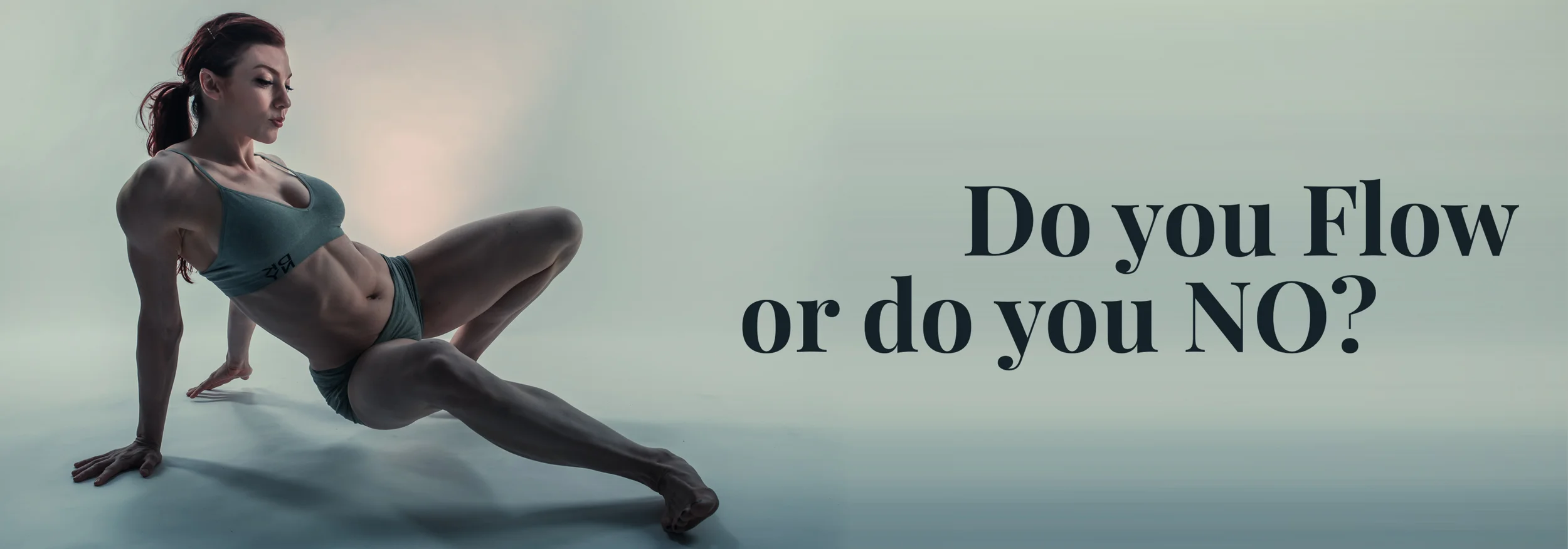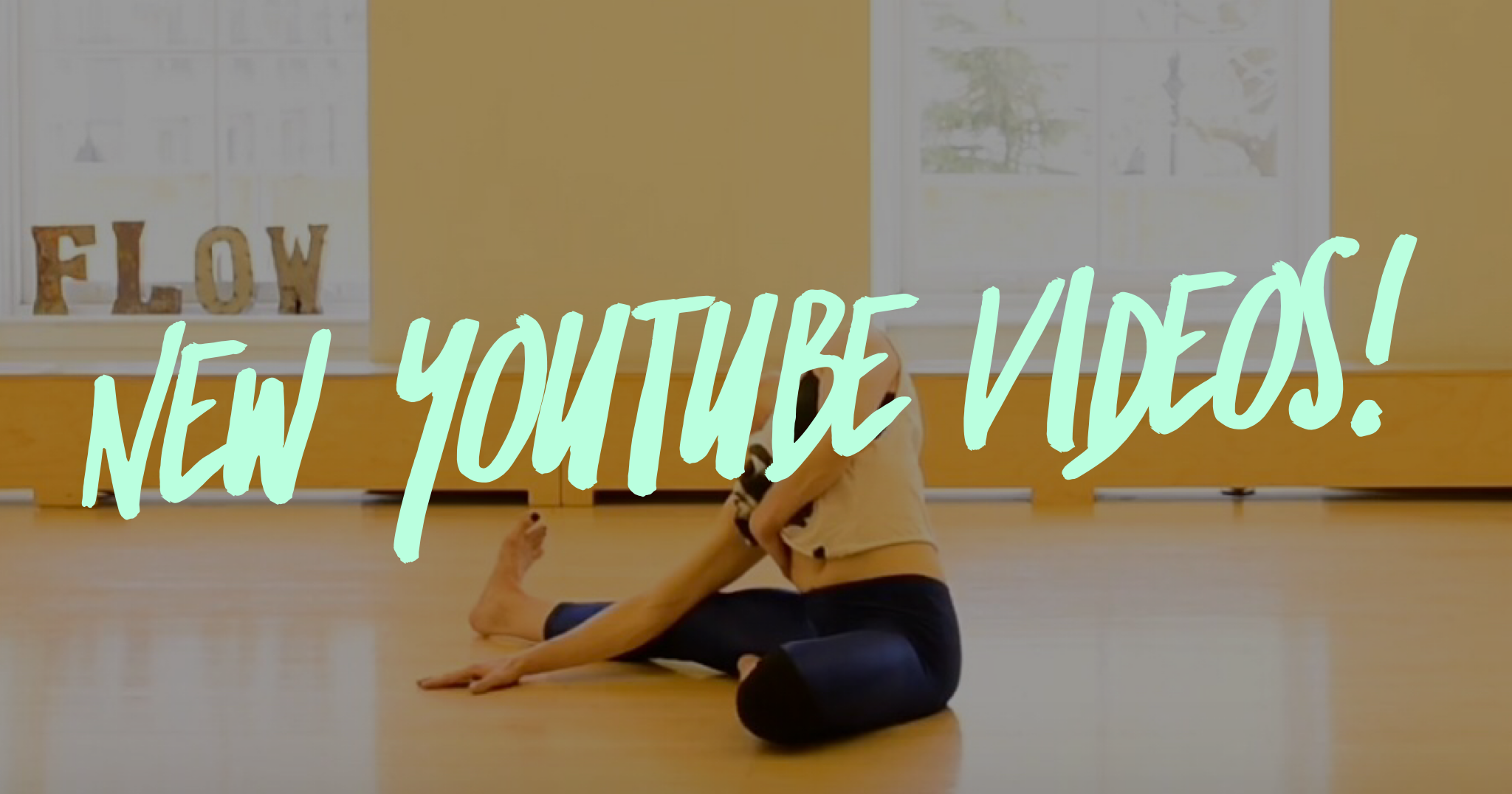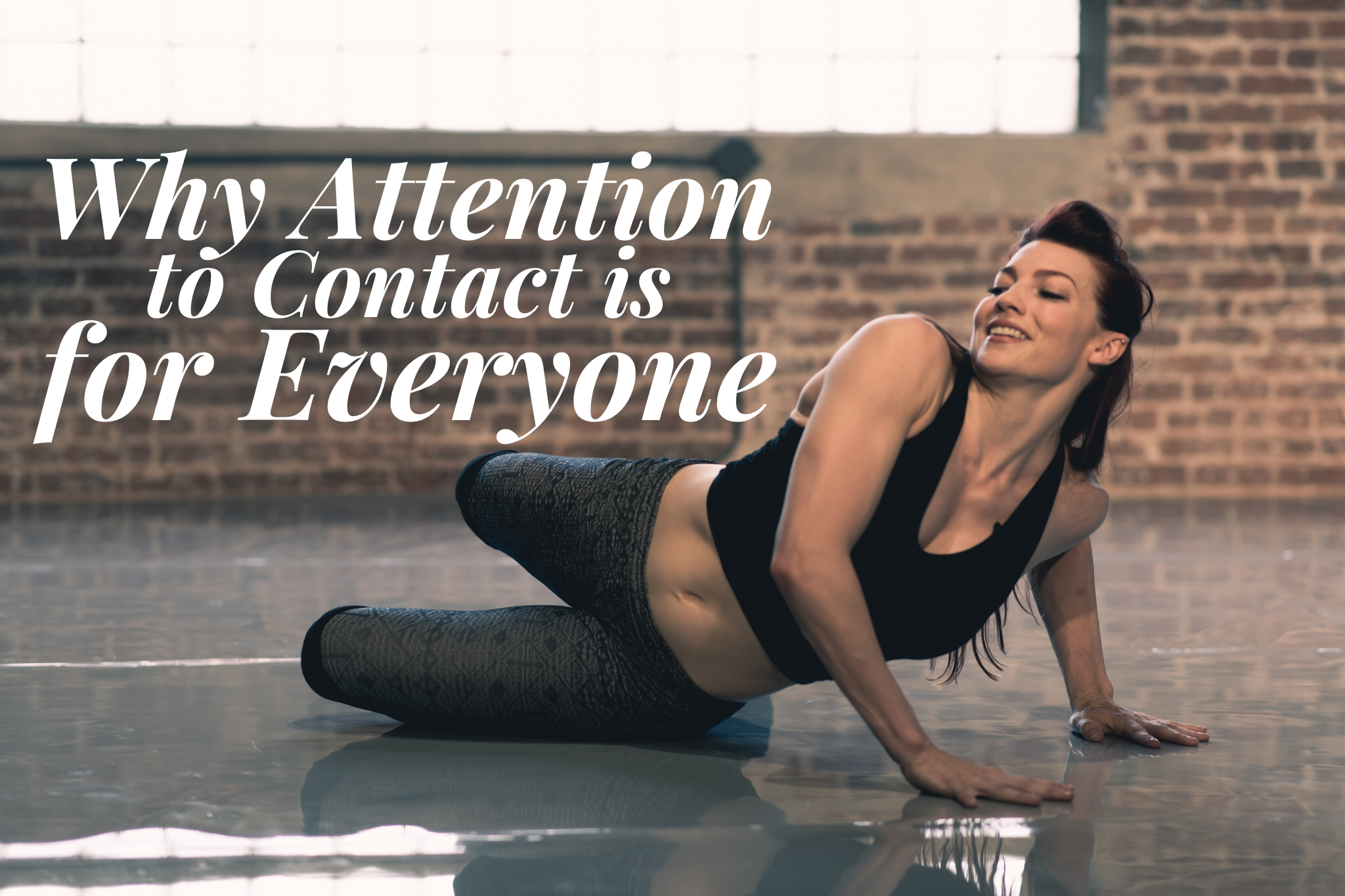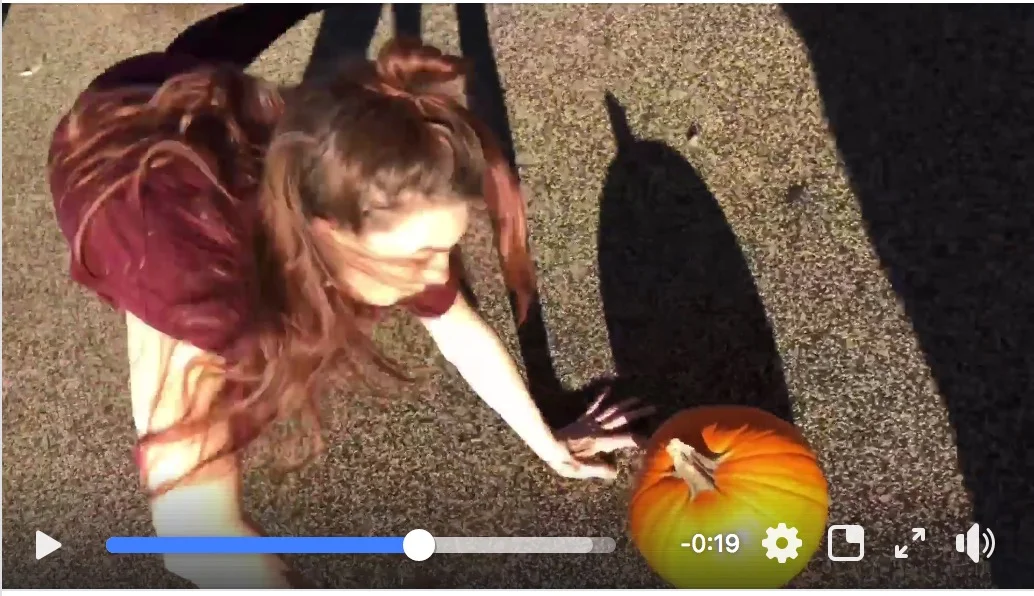I’ve been asked many times what one needs to do to be a fluid mover. In response, I often ask, “Well, what is fluidity to you?” Some think of improvisation. Most say seamless, never stopping motion. Almost no one says “control over weight-transfer,” though this is a major element of flow. Movement can be dynamic, have pauses, and even staccato elements but still be "in flow" -- it’s how you change between elements. Definition aside, fluidity is mostly determined by 1) experience, and 2) what is or isn’t going on in your head.
WHAT STOPS US FROM FLOWING?
Lack of familiarity with the movements/rhythms/goal
Lack of comfort/confidence
Mental disposition/personality
Results rather than process oriented mindset
Negative, questioning self-talk, fear
Anything that you allow to stop yourself
For many people, the very process of "tuning in" turns up the volume of the voice of resistance. The voice of resistance? It’s not a political movement, it’s the "nah-ah" voice in your head. If you are asked to pay attention to your sensations either in stillness or in movement and then have a little internal dialogue of“I don’t like this," “I don’t know what to do,” or “I look stupid,” then you are dealing with resistance. It may show up as self-doubt, self-judgment, or a straight-up NO/Negative-Nancy attitude.
Resistance may also appear as bodily tension, restrained breath, wandering thoughts (such as “I need to respond to that email”), and even fatigue. For some, being asked to take time to quiet their mind and focus on their breath makes their heart race -- they become tense as they think of every possible reason they need to leave the room.
Being present in your body (i.e., your life) can quickly reveal anxiety, which is ultimately a fear of uncertainty, or a fear of losing something that has been held onto.
Reality Check:
We all will experience negative internal dialogue while moving -- some less than others -- but it happens. While it is easy to look at a proficient mover and assume they never have self-doubt, this is not true at all. The trained "flow-er" knows how to turn negative thoughts into a breath so deep that the thought can no longer be heard. Remember, proficiency requires practice. A great mover will still be a beginner when doing something new. New situations inherently create uneasiness; it’s how you handle it that matters.
Stress and anxiety happen when you anticipate a negative outcome, like this puppy below, scared at first to go down a set of stairs:
Anxiety and flowing do not mesh.
When you fully commit your attention to your movement session, there is no such thing as a negative outcome. You will learn something about yourself 100% of the time. If you are scared of learning something you don’t like, the beautiful thing is we can’t change it until we are aware of it. Remember, if you feel on the verge of a breakdown, you are also on the verge of a breakthrough.
Look at this little flow master, no anxiety here:
The above blog is an excerpt from the forthcoming Floor Flow® Level 1 Teacher Training manual. The trainings launch this June in the United States, with international dates pending. More info HERE.















“I don’t do balls,” I used to say.
Like many other dancers I knew growing up, I formed an identity around being a dancer with no interest in activities involving balls, pucks, paddles, etc. (unless I was dancing with it).
In high school, I almost failed P.E. class because I flat-out refused to participate in any sports activity. As a result, in later years, whenever someone would throw me a ball I’d duck away rather than catch it, or if I did attempt a catch, it would be in a stiff and panicky state. It was embarrassing.
Ki’ilani (seen in the video) changed my relationship with catching. She loves balls more than anyone I’ve ever met. Every trip to a large store includes a visit to the sports aisle to feel balls. She even keeps a ball in her pocket for comfort tossing. One of our quarantine activities has been ‘dance catch.’